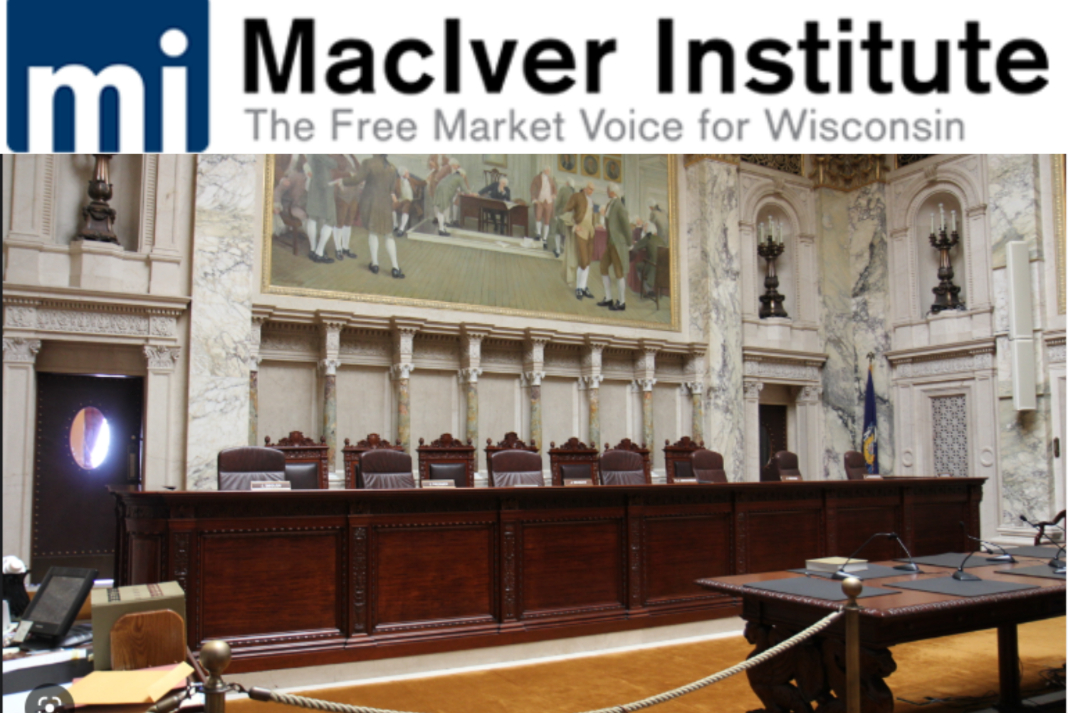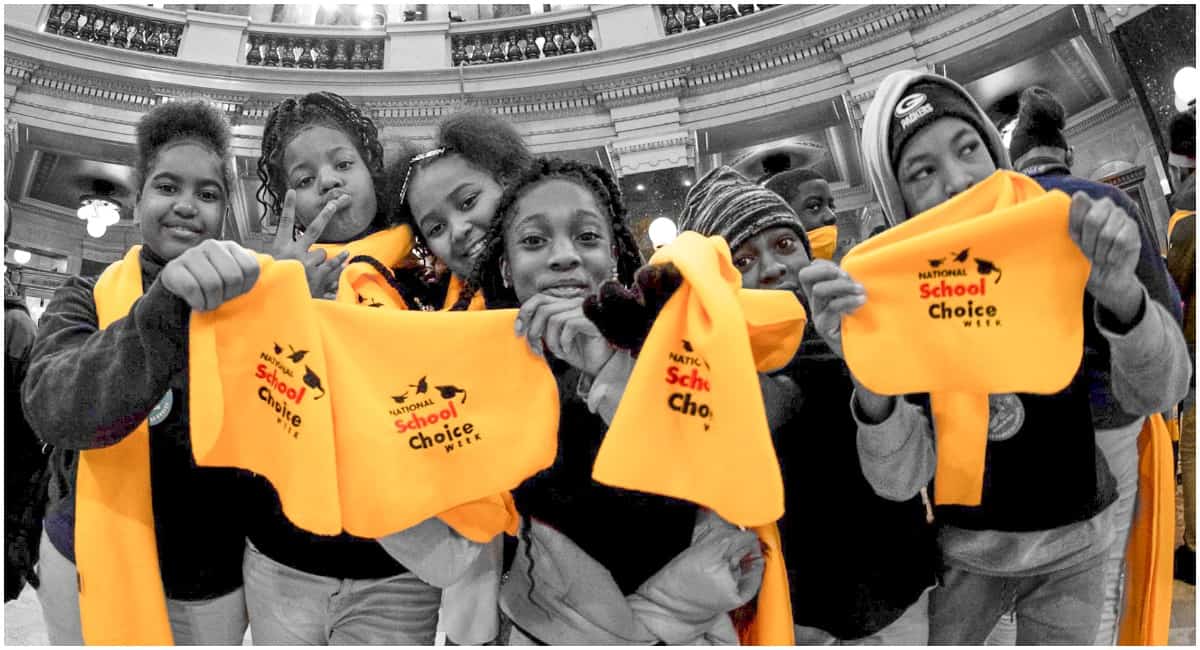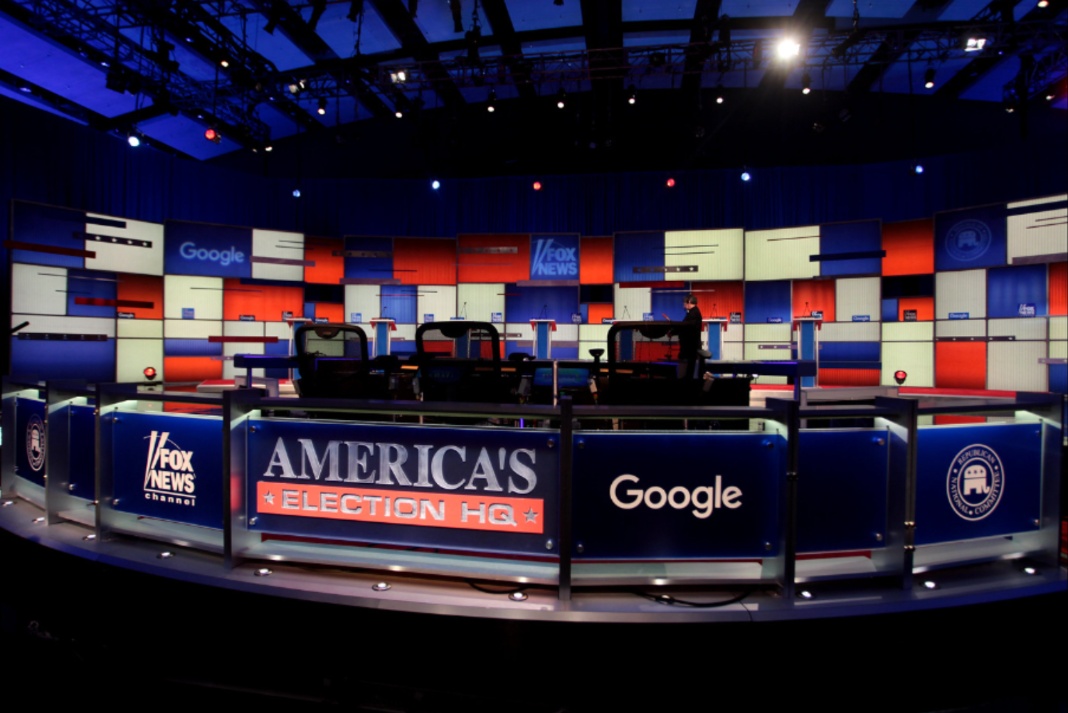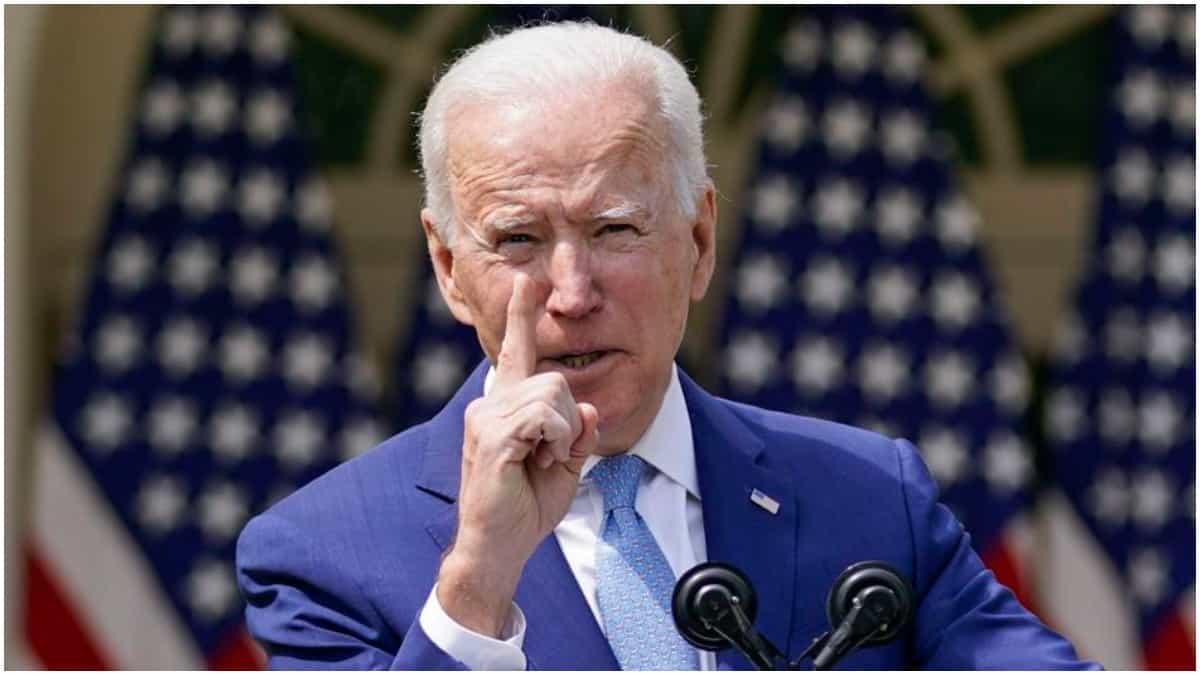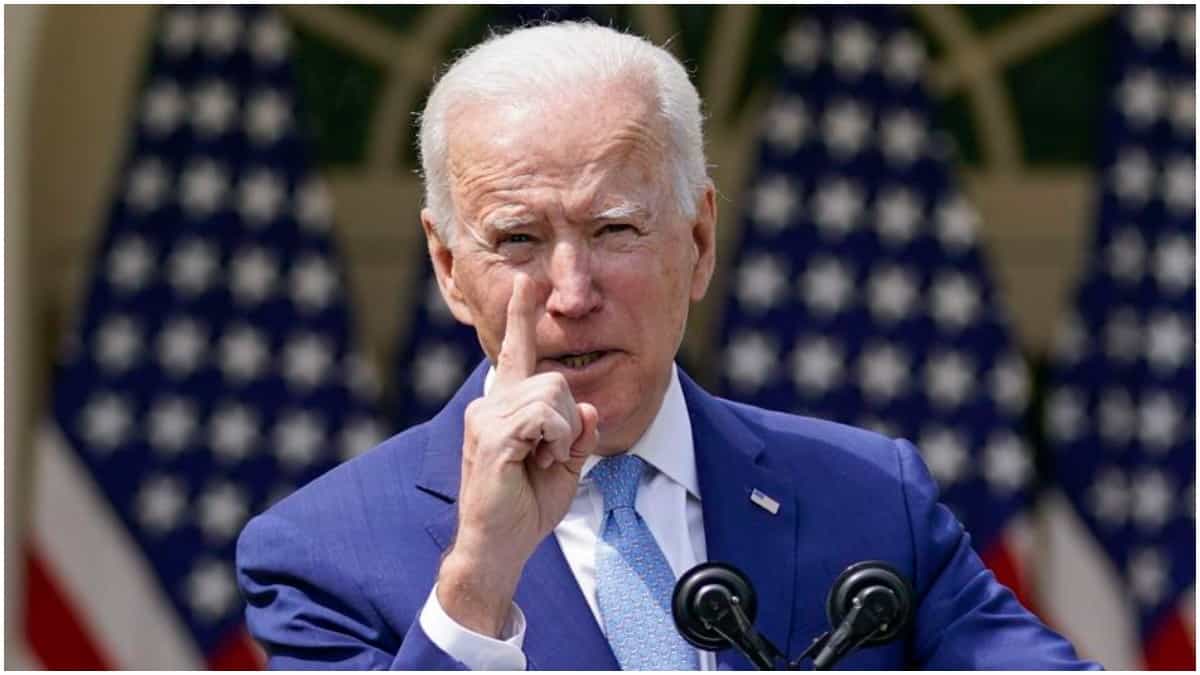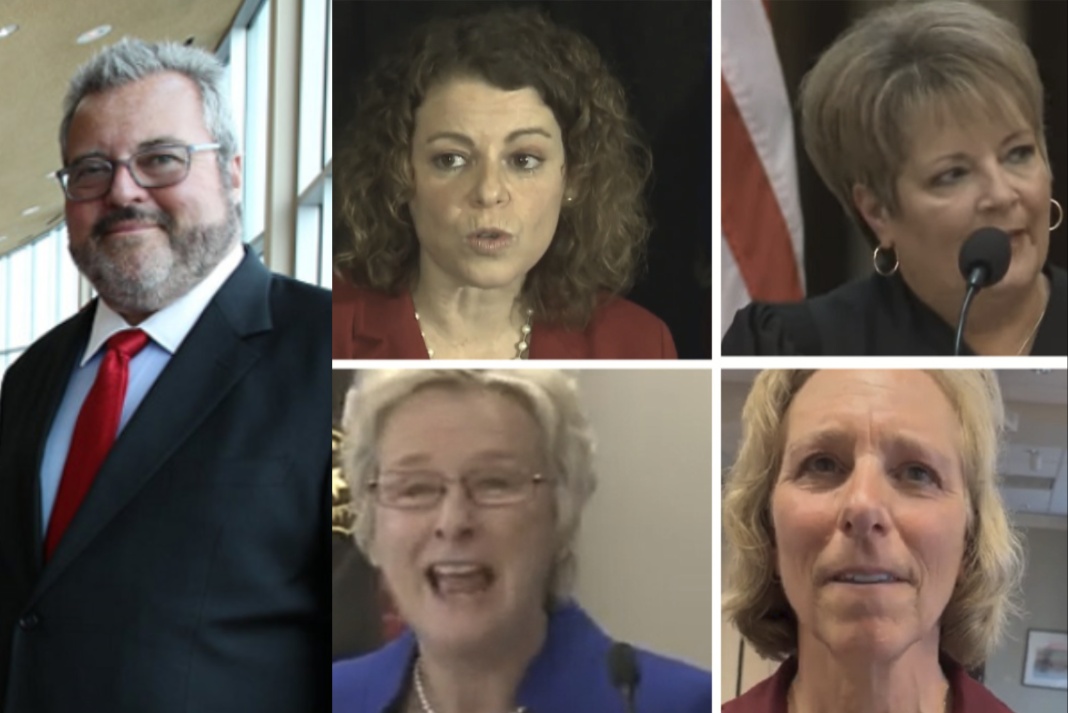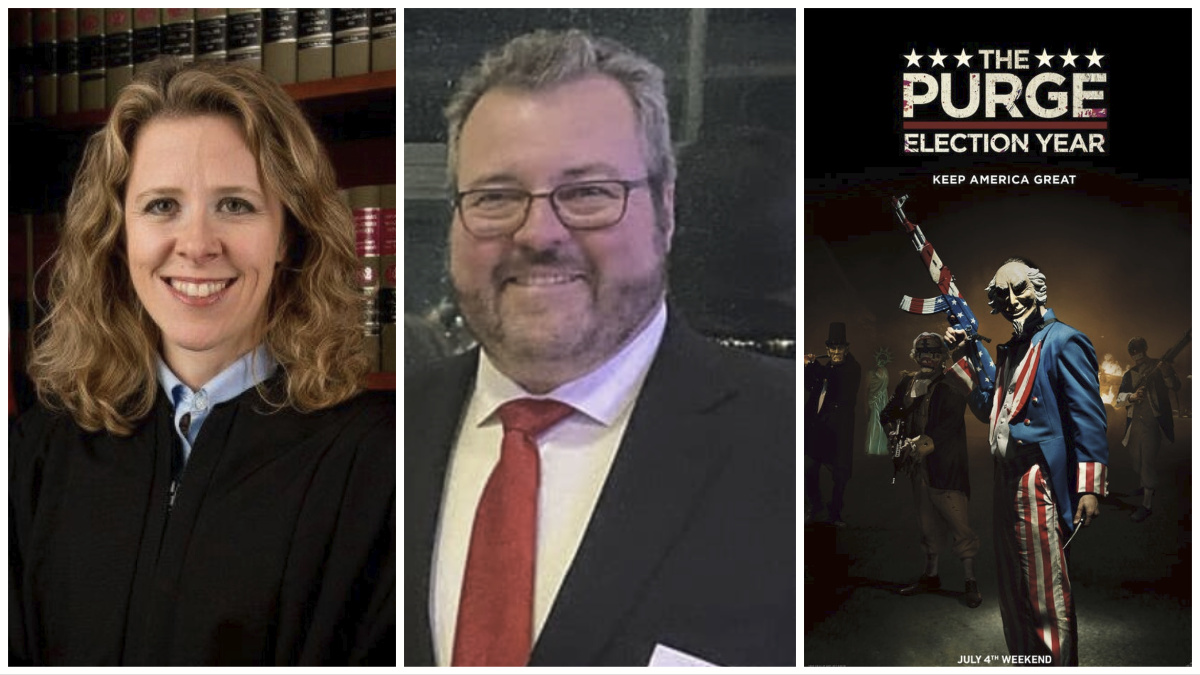This MacIver Institute article was originally published on April 11, 2023. Republished with permission.
By
When Justice-elect Protasiewcz is sworn in this August, which laws/reforms are most likely to be struck down in short order?
Top Issues to Watch
- Abortion – What will the availability of abortion be when the State Supreme Court is through?
- Redistricting – Will the new maps be redrawn in time for the 2024 elections?
- Voter Integrity – Which voter integrity protections will fall first?
- Education Funding – How will school funding change under the new court?
- Union and Workforce Reforms – Will the new court leave Act 10 or Right to Work standing?
- Second Amendment Rights – How long before a challenge goes to the court?
With the Supreme Court shifting to liberal control for the first time in 15 years, we know many issues will head to the court that may not have under a conservative majority. The 5 areas listed above are some of the most far-reaching, and most likely to come up sooner rather than later, but there are doubtless other cases being planned even now.
Of course, on the issue that saw more campaign spending than any other in the past year, there is already a case regarding abortion law working its way through the courts, which will almost certainly end up before the state Supreme Court.
While courts of both stripes have historically respected precedent as important for consistency, evenhandedness, and predictability, in recent years political expediency has blunted that respect. With Justice-elect Protasiewicz promising to put her ‘thumb on the scales’ on issues where the left wants change her values aren’t reflected, and having been rewarded with an overwhelming win, we are entering a period of voter-approved, overt judicial activism where laws will be made, and unmade, by 4 justices.
Wisconsin’s Abortion Laws
We’ve all heard the drumbeat about Wisconsin’s 1849 abortion law – never explicitly repealed but unenforced for nearly 5 decades until the Dobbs decision. It was for many, the defining issue in the Supreme Court election, with Justice-elect Protasiewicz ready to toss the 1849 law out and bring reproductive rights into the modern era as she takes her seat on the state Supreme Court.
Interestingly enough, the 1849 abortion statute doesn’t really say what the left has claimed, and claimed, and claimed.
The Archaic 1849 Law?
In 1849, Wisconsin law made it a felony for any person, other than the mother, to intentionally destroy the life of an unborn “quick” child unless performed to save the mother’s life or on the advice of two doctor concurring that it is necessary to save the mother’s life. The word ‘quick’ or ‘quickening’ was the term used at the time referring to the stage about midway through pregnancy where the mother first perceived the movement of the child.
The Assembly passed 1849 AB 116 in early March of 1849, the Senate concurred, and Governor Nelson Dewey signed it into law March 31. Although most of the language was taken from Michigan law, our legislature chose not include a broader provision included in their statutes which criminalized assisting a woman at any stage of pregnancy to terminate it.
The 1849 Assembly, then 66 members, comprised 36 Democrats, 16 Whigs and 14 Free Soilers; the Senate, then 19 members, was 14 Democrat, 4 Whig, 1 Free Soil. (And yes, they seem to have had substantial absences based on the vote totals.)
So, in point of fact, the 1849 Wisconsin law prohibited anyone other than the mother from performing an abortion after about the midpoint of pregnancy unless to save the life of the mother. If the ‘archaic’ 1849 law were in fact the current law of the land, it would allow strikingly similar – arguably broader – abortion rights compared to pre-Dobbs Wisconsin. Abortions were legal into the second trimester, and even after, if the mother’s life was at risk. No waiting period, no ultrasounds, no educational pamphlets.
Other Archaic Horrors from 1849
Incidentally, also in March 1849, a few days after the 1849 abortion law was passed, the legislature passed 1849 Act 137, setting a referenda question on the 1849 ballot to grant the right to vote to black men. In other ‘archaic’ legislative actions in 1849 the Wisconsin legislature and governor also demand our federal representatives exert their influence to procure the repeal of all laws sustaining slavery and the slave trade in any place controlled by the federal government, to oppose the admission of any more slave states into the union. They also passed a really ‘archaic’ resolution demanding the immediate resignation of Wisconsin’s U.S. Senator Isaac P. Walker, a Democrat, because he voted for an amendment in an appropriations bill that did not include a prohibition of slavery or involuntary servitude in the new territories of California and New Mexico.
These same legislators, most Democrats, also criminalized acts including murder, child sexual molestation, rape, and assaulting a woman with even the intent to rape her in 1849 – requiring ‘archaic’ lengthy prison sentences out of step with the present-day ‘values’ of Justice-elect Protasiewicz and the Scold-and-Release left.
Wisconsin’s 1858 Abortion Ban
But several years later in 1858, there were changes to Wisconsin’s abortion law resulting in a near-complete ban. By this time, the legislature had grown to 97 Assembly members (53 Republicans, 44 Democrats) and 30 Senators (18 Republicans, 12 Democrats).
The Senate passed a bill to remove the word ‘quick’ (making the provision of an abortion to a woman at any stage of pregnancy a felony) but the Assembly refused to concur. After the Senate refused to recede from their position, it was sent to a conference committee which split 3-2, along D/R party lines, for the amendment, which went on to become law.
By the time the session was over, the 1858 statutes made it a crime to provide an abortion to a woman at any stage of pregnancy (achieved by the removal of the word “quick”) while allowing an exception for the life of the mother, created a less serious crime of providing or assisting a woman to procure a miscarriage at any stage of pregnancy (with no exception for her life), and for any woman to attempt to terminate her pregnancy at any stage on her own or with assistance.
The Chief Clerk and Chief Lobbyist
The premiere lobbyist for the change appears to have been Wisconsin’s Senate Chief Clerk, Dr. William Brisbane, a South Carolina slave-owner-turned-abolitionist and a physician opposed to abortion and contraception. The American Medical Association wanted to criminalize abortion before quickening, and commissioned Brisbane to work on a report used as a lobbying tool with state legislatures across the country which asserted babies were alive before the quickening, thus abortion should be banned. Brisbane and State Representative Samuel Bassinger of Prairie du Sac co-founded the Wisconsin Medical Society and were instrumental in creating the near-total abortion ban that’s been center stage for a year. (By contrast, today the state Medical Society says keeping the ban the group helped enact will result in less access to healthcare for all, because doctors won’t want to practice in Wisconsin if abortion is not legal. The law they lobbied government to create doctors now see a chilling; government driving a dramatic wedge between them and their patients.)
A Century of Ban Before Roe
Abortion laws were largely unchanged in Wisconsin between 1858 and the 1950s, except for penalty modifications. In 1955, 940.04(1) and (2) were reworded and clarified to the form in which they exist today and were adopted as part of the new criminal codes, along with language specifying an unborn child is a human being from the time of conception until it is born alive.
In 1973, Roe v. Wade made all such abortion prohibitions in states unenforceable.
In 1985, legislation was passed prohibiting abortion after the viability of the child, or to preserve the life or health of the mother. Since that time, a number of provisions, most of them limiting access to abortions have been passed; the crime and penalties against women who procure abortions was also repealed.
The Current Abortion Lawsuit
The lawsuit challenging the law that is currently pending in circuit court was filed by Attorney General Josh Kaul and argues that the “mid-1800’s ban” (this phrasing suggests at least someone in the AGs office is aware that it’s not actually the 1849 law they’re trying to strike down) has been superseded by later legislation.
Their argument largely centers on whether the1985 legislation constituted ‘implied repeal’ of earlier, conflicting abortion statutes. Implied repeal means essentially that whenever two (or more) laws conflict, and later laws do not explicitly repeal the previous law, the more recently enacted law must prevail based on the premise that conflicting laws hamper the rule of law.
If the 1858 law were to be repealed, the framework left would seem to be what was current Wisconsin law before the Dobbs decision.
Oral arguments are scheduled May 4th in Dane County Circuit Court. From that point the timeline is not certain but will conform to certain deadlines. The circuit court has 90 days to make a decision, although that may be extended. The usual process is that a dissatisfied party has 45 days to appeal to an appellate court, and there is no timeline for appellate court decisions, though the average is around 10 months. That would put a decision on appeal in mid to late summer 2024, before going to the Supreme Court, which generally hears cases September thru June, issuing decisions by June 30. That could put Supreme Court decision into mid-2025.
Less commonly, a dissatisfied party at the circuit court level can appeal directly to the Supreme Court which would vote on accepting the appeal. If the court were interested in speed, this could put the case on track for a much earlier decision.
What the timeline looks like is dependent – in very large part – on whether the left prefers speed in getting Wisconsin back in the business of allowing the roughly 6,000 abortions a year performed here pre-Dobbs, or whether they prefer to draw out the issue to keep the issue relevant for the 2024 campaign cycle. Will the left slow roll the decision, cynically keeping in place the ban on what they claim to believe is necessary, vital women’s reproductive healthcare because it might help Biden, Baldwin and the left in Wisconsin in 2024? Will they delay even longer, to help the already-declared Justice Ann Walsh Bradley in her 2025 reelect?
This graphic from the Wisconsin Courts shows how a case moves through the system.
Redistricting
The second issue about which Protasiewicz most obviously declared her intent on future rulings was redistricting. By Thursday, a liberal law firm had already said they intended to file a challenge to Wisconsin’s current maps in state court, claiming they violate the Wisconsin Constitution.
Lawyers for the firm said they had not begun writing briefs, and they would file the case in the weeks or months following the August swearing-in of Protasiewicz. Previous challenges went to federal court. The scandal-plagued head of the Princeton Gerrymandering Project which is funded and operated by democrat donors (we wrote about a whistleblowing scandal hushed up by the school here) has been urging Wisconsin democrats pursue a state court strategy where the Supreme Court draws the maps – obviously angling for a consulting job redrawing the maps – for weeks leading up to the election.
While the lawyers say their aim is to have the case wrapped up in time for the 2024 cycle, with briefs as yet unwritten that timeline may be a bit aggressive. The court has to take up the case, draw new maps, and have them in place by April of 2024, so candidates can take out nomination papers ahead of the election. Justice-elect Protasiewicz told the New York Times she thought it was “unlikely” the maps case would be complete in time for 2024, but the other liberal justices have not commented.
Election Integrity
Court rulings that have protected a measure of election integrity – by preventing ballot harvesting, the use of unmanned drop boxes and weakening or elimination of voter ID requirements – could also be at risk.
Just over 2 years ago the unabashedly liberal Andrew Goodman Foundation, which has free digs at UW-Madison’s Mordridge Institute, ostensibly to encourage student voting, filed a lawsuit declaring our voter ID law unconstitutional as ‘age-based’ discrimination that makes it just too difficult for college students to navigate the near-insurmountable complexities of procuring identification which on some campuses, as this writer can attest, may require the incredibly onerous sending of an individual email. (It does seem some of them managed: in November 2022 the Daily Cardinal reported UW-Madison printed and issued over 7,000 student voter ID cards in the 2-month lead-up to the November election, half of them on Election Day.)
In August 2020, the parties in the Goodman voter ID case stipulated to a dismissal without prejudice, which means the door has been left open for them to try again.
Notwithstanding clear evidence that students have proven clever enough to obtain ID and then use it to vote, the left clearly wants to invalidate as many voter integrity protections as possible, and voter ID will continue to be top of their list. Similarly recent state Supreme Court rulings holding that state statutes do not allow unmanned drop boxes or ballot harvesting will almost certainly face renewed challenges before the court.
Think it’s unlikely that a Supreme Court will rehear recent decisions on both redistricting and election law? A new conservative majority Supreme Court in North Carolina is doing just that. Their previous liberal majority overturned the state’s 2018 voter ID law and the court’s new conservative majority is now revisiting the case. They’re also revisiting the redistricting case decided just a year ago, where allegations of improprieties by the aforementioned Princeton Gerrymandering Project’s director Sam Wang tainted the process which ended in the legislature’s maps being thrown out.
Union Reforms
High on the liberals’ wish list is a repeal of the Walker-era union reforms including Act 10, which impacted public sector unions, and our Right to Work (RTW) law, which protects employees from forced unionization.
Act 10
The constitutionality of Act 10 was challenged and has already been upheld in 2014 in a 5-2 state Supreme Court decision. But it is to be expected that the new liberal majority on the court, particularly in the wake of the conservative Dobbs decision which overturned precedent, will not find past precedent a major impediment to making new law from the bench.
Protasiewicz said during the campaign she protested against Act 10 and believes it to be unconstitutional, agreeing with the 2014 dissent written by Justice Ann Walsh Bradley, based on the right to free association and home rule of local governments. Protasiewicz said she would “have to think about” whether she should recuse herself from a future case given her participation in protests. It seems relatively unlikely she would choose recusal when it would prevent her from putting her thumb on the scale for her “values” and even less likely that her colleagues or her party would allow her to seriously consider it. As we’ve reported Act 10 has saved over $16 billion for Wisconsin taxpayers, and a repeal would drive up spending and either state or local taxes to foot the bill. If the court were, for example, to order the state to reimburse employees for their pension contributions, that alone would cost roughly $11 billion.
Right to Work
Wisconsin is in the majority of states with RTW laws, even with the recent repeal in Michigan of their decade-old law. The Michigan repeal was done legislatively, not in the courts, and the new law there expands RTW prohibitions and notably removed financial penalties for using force, threats or intimidation against workers related to union membership. The breadth of those law changes telegraphs how important this is to the left, and the virtual certainty the left would like to launch challenge here, in a state where union leaders are still seething at Walker’s reforms.
Right to Work cases often have been decided in federal courts and by the U.S. Supreme Court. At the state level, to date, no state’s RTW law has been struck down in the courts. (Missouri’s RWT law went to a veto referendum in 2018, which was rejected, so the law never took effect.) In recent court challenges, Wisconsin’s state Supreme Court upheld RTW in 2017, West Virginia’s state Supreme Court upheld their law in 2020.
Education Funding
It is a given that the left is constantly maneuvering to send more money to public schools. Past cases that have gone to the state Supreme Court have focused on state funding of the choice program and the state’s school funding formula. The election outcome means both of these school finance issues are much more likely to be headed to the new court.
School Choice
The state Supreme Court decision upholding school choice came in 1998, and a 2022 U.S. Supreme Court decision prevents states that provide funding to private schools from denying religious schools access to the same access to state aid. But as George Mitchell wrote at MacIver, there’s little to prevent the left from renewing attacks on choice, and even less to stop an activist court from welcoming and upholding such challenges.
School Funding
The state constitution requires the establishment of school districts, as uniform as possible, to provide free education to children between ages 4-20. Over time there have been legislative efforts to revamp the funding formula, including an overhaul in the mid-1990s, as well as court challenges to it. This is an area that while it’s gotten little attention, the left undoubtedly has in their sights.
This area stands to cost taxpayers cash.
The school funding formula was challenged on uniformity and equal protection grounds in Kukor v. Grover in 1989. The state Supreme Court, then a 5-2 liberal majority, ruled the funding system didn’t violate those provisions. The court ruled that equal opportunity for education is a fundamental right but one that does not require equal per-pupil spending. The decision rather pointedly noted that the plaintiffs had not brought an adequacy claim (one asserting state funding was not sufficient to meet state educational standards.)
A similar equal protection and uniformity challenge (Vincent v Voight) was taken to the 2000 state Supreme Court, then with a 4-3 conservative majority. That court wrote that an equal opportunity for a sound basic education is one that equips students for roles as citizens and enables them to be successful economically and personally. And that this includes the opportunity to be proficient in math, science, reading, writing, geography and history and to receive instruction in a host of other areas of study. And “so long as the legislature is providing sufficient resources to that school districts offers students the equal opportunity for a sound basic education…the state school finance system will pass constitutional muster.”
Language in the decision (and the scathing dissents) made it clear that that the decision could have gone the other way. The decision included what amounted to instructions for future plaintiffs, specifying that for the court to find the funding system unconstitutional, the court would have needed evidence of “greater disparities” and that “some children are now denied a basic education. “
Since then, despite increased investments and declining enrollment, achievement scores have plummeted to the point where 60% of children are not proficient in reading or math. Disparities in achievement have also grown – we have the highest racial achievement gap in the nation. Subsequent attempts by Democrats in the legislature to amend the constitution to remove the uniformity provision and instead require state funds be distributed equally have failed. And proposals to restructure the formula have also failed. The table is set for the left to bring a school funding case focusing on adequacy, disparities, and lack of opportunity for a basic education.
There’s no doubt Protasiewicz’ winks and nods and promises during the campaign opened the doors to litigants who now know they do not have to win on legal merits to prevail in the court. The left bought this seat on the court giving them the majority, and the cost to the state will be measured in freedom, money, lives, jobs, and fundamentals of democracy.
Table of Contents


